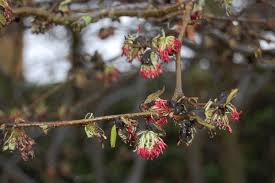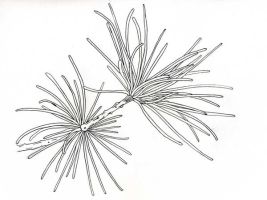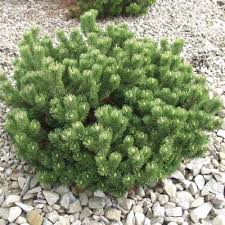Sorbus aucuparia
“European mountain ash” “Rowan”
ROSACEA
Deciduous Tree
Zone: 3 – 6
Native habitat: Europe and Asia; naturalized in North America
Conditions
Soil: any including clay
Moisture: well-drained
Light: full sun to part shade
Exposure: tolerate seaside and pollution
Plant size (h x w): 20′ – 40′ x 15′ – 25′
Other: best away from hot, dry conditions
 Aesthetic
Aesthetic
Shape/stem: upright, smooth bark with small lenticles
Leaf: pinnate leaves green turning yellow in autumn
Flower: small, white, clusters
Bloom: Spring
Other: bright orange 
berries persist through winter
Treatment (how to…)
Plant: ideally don’t plant as now considered invasive
Maintain: low maintenance, prune dead and damage and form form
Propagate: cutting, seed, grafting
Uses
Landscape: specimen tree, average garden tree, woodland, back of boarder, park tree, wildlife (birds like fruit)
Companion planting: nice with herbaceous perennials planted underneath 
Medicinal:; berries are edible but sour and high in vitamin c; has spiritual properties
Vulnerabilities
Pests and disease: fire blight, scale, anthracnose
Deer resistant: yes
Other animals:
Interest
Local info,: not native to Victoria
Pot size (to purchase): 5g
Nature: ornamental invasive tree
Identification (key features): key features are the leaves and berries

Interesting mythical raven tree, used in the past to ward of bad spirits
Comments: considered invasive; birds eat seeds and spread around,
Cultivars:
Sorbs aucuparia ‘Xanthoscarpa’ – ambet-yellow berries
Sorbus vilmorinii – smaller size, 15′ – berries rose-pink to bright mauve, foliage dark purple brown in autumn,- berries fade to white over the winter


















 Aesthetic
Aesthetic







 Aesthetic
Aesthetic






 Aesthetic
Aesthetic


